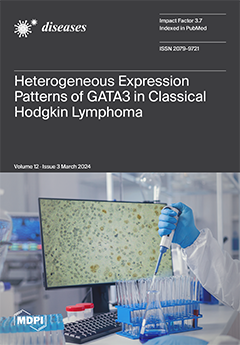Introduction: Beta-lactamases are frequently prescribed for Gram-negative bloodstream infections (BSIs). However, chromosomally encoded AmpC-producing
Enterobacterales (AE) could overproduce beta-lactamases when exposed to third-generation cephalosporins (3GCs), with a risk of clinical failure. There are few available in vivo data on the subject. Our goal was to assess the potential role of AE as a predictive factor for clinical failure in patients with BSIs.
Materials and Methods: We retrospectively analyzed patients admitted to Cannes hospital between 2021 and 2022 for BSIs due to
Enterobacterales. Patient demographics, comorbidities, and main clinical and laboratory parameters during hospitalization were collected. The risk factors for clinical instability after 48 h or death, as well as for ineffective initial empirical therapy, were assessed using univariate and multivariate analyses.
Results: From January 2021 to December 2022, 101 subjects were included (mean age 79 years, 60% men, 97% with comorbidities, 17% with healthcare-associated infection, 13% with septic shock, 82% with qPitt severity score < 2, 58% with urinary tract infection, and 18% with AE). Septic shock [adjusted odds ratio (OR
adj) = 5.30, 95% confidence interval (CI): 1.47–22.19,
p = 0.014] and ineffective initial empirical therapy [OR
adj 5.54, 95% CI: 1.95–17.01,
p = 0.002] were independent predictive factors for clinical instability or death. Extended-spectrum beta-lactamases [OR
adj 9.40, 95% CI: 1.70–62.14,
p = 0.012], AE group [OR
adj 5.89, 95% CI: 1.70–21.40,
p = 0.006], and clinical instability or death [OR
adj 4.71, 95% CI: 1.44–17.08,
p = 0.012] were independently associated with ineffective empirical therapy.
Conclusions: Infection with AE was associated with treatment failure. Empirical therapy may result in failure if restricted to 3GC.
Full article






